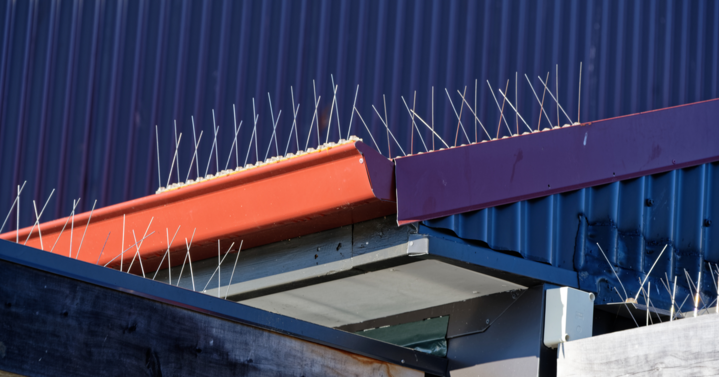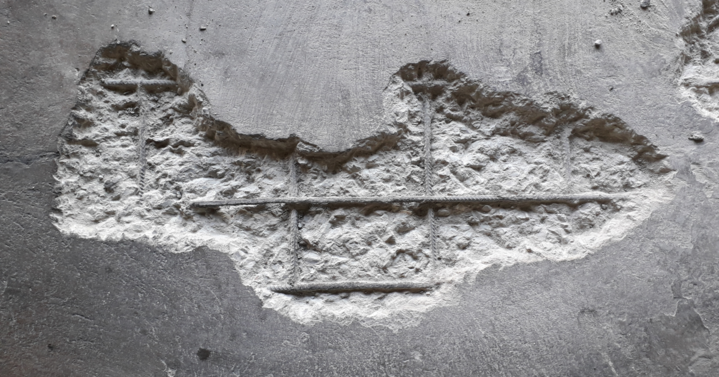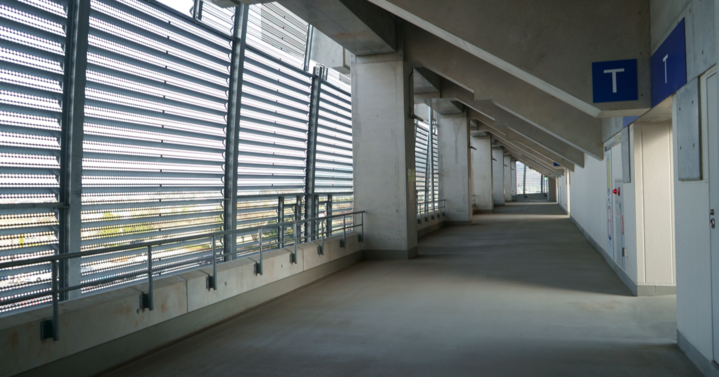Building owners and facility managers have implemented bird proofing services into their facilities management tasks. Building bird proofing services are required on virtually every building to prevent structure deterioration, safety hazards, and health risks to humans and also to the birds themselves.
You might be asking yourself, “what is bird proofing?” When someone hears the phrase “bird proofing,” bird safety may not be the first thought that comes to mind. However, it is a major concern to building managers and occupants and its impact on the ecology of the area. With the growing concern and attention drawn to bird safety, “bird-safe material is dropping in cost, and it has already been shown to be economically viable in new projects. In fact, in many cases, opting for bird-safe designs accounts for less than 1% of total costs. And as more attention is brought to the importance of bird-safe buildings, expect these prices to continue falling”, according to Building.com.
What Are Bird Proofing Building Services?
Building owners and facility managers are taking steps to eradicate bird concerns within building management. Birds pose a plethora of health and safety concerns and can cause millions of dollars in damage to the building plaza deck system, facades, roofs, and walkways. What is bird proofing? Bird proofing services are an essential component of building care that cannot be ignored. Effective bird proofing services will protect the occupants, birds, and surrounding environment.
Signs That a Building Needs Bird Proofing:
- Clogged Ventilation – HVAC and chimney ventilation is a sign of bird damage to the building. It can lead to poor air quality and cause health risks to building occupants and surrounding areas. Poor ventilation can even lead to carbon monoxide poisoning.
- Corrosion – Birds’ feces is acidic and causes corrosion to substrates, roofing, signs, paint, and building exterior. The acidity can disintegrate the roof over time, which can lead to the roof collapsing. Corrosion can also affect machinery, such as the exterior HVAC system. Building owners and facility managers must take the appropriate steps to catch these issues before they cause extensive damage.
- Poor Drainage – Birds love to build nests in gutters and drain pipes leading to poor drainage. If the building is having drainage problems, it might be time to implement bird proofing services to the facility. Drainage issues quickly lead to flooding, pooling, water damage, and potentially even further damage.
Risks Involved in Bird Proofing
Building owners and facility managers have shown major concerns associated with installing building bird proofing materials. Fewer things are more dangerous to the lives of birds than buildings. The main cause of harm to birds is the glass on the building. Reflections distract the birds, causing them to injure themselves. Windows can also trick birds into thinking there is nothing there, and they will try to tunnel through, slamming into the window. Artificial lighting is another cause of injury for birds and interrupts their migratory paths. Garden areas in commercial plazas can also lure in birds.
It must be understood that birds play a major role in environmental ecology. Birds are natural pollinators, spreading seeds to continue and maintain growth within the areas. They also protect plants and other vegetation while controlling the pests and other rodents that cause damage to occupants and will impact the surrounding area.
Fortunately, there are many ways to protect the birds from further harm. With some minor and major bird proofing services, the building owners and managers can find comfort in knowing that they are not only protecting the facility but the ecosystem as well.
Types of Bird Proofing in Modern Buildings
Owners and managers have gotten creative in coming up with ways to deter birds while maintaining the safety of building occupants and the ecological effects on the environment. There are many types of bird proofing services that can be implemented in modern buildings. Each one has a time and place for its use, depending on the situation at hand. Below are three types of bird proofing services, what each consists of, and considerations to take into account when to use them.
- Bird Spikes, Wires, and Netting – These solutions come in many different shapes and sizes, depending on what type of bird it is being used on and what area of the building it is being used. These items are placed on ledges, over gutters, AC units, and anywhere else that birds may want to land. These prevent birds from being able to access and enter the building. While spikes may sound painful, they do not inflict pain on the birds. They merely prevent them from landing on the surface.
- Visual Deterrent Devices – Install visual predatorial decoys to deter birds from entering and landing on the building. These are easily installed bird proofing services and are highly effective for short time periods. Lasers are also another way to irritate birds and discourage them from hanging around. Keep in mind that visual deterrents can be an eyesore, so be sure to put them in a location that is out of sight to customers and occupants.
- Sound Devices – Audio deterrents are human, effective, easy to use, and can send out signals from acres away. They are also effective on multiple types of birds, no matter breed, size, or shape. Sounds that mimic the distress sounds of birds are another effective sound deterrent. It sends out a warning to other birds that there is trouble and to stay away. Ultrasonic sounds are another form of sound device that is silent to the human ear but sends out an irritating sound to nearby birds. This may sound cruel, but it is actually quite harmless and just an annoyance to the birds.
Building owners and facility managers would reap the most benefits by hiring an outside expert when choosing the right design plan to minimize disruptions caused by birds. Experts have the knowledge, training, and experience to know what bird proofing services are best for each facility and provide lasting results, protecting the structural integrity of the building without interrupting the flow of the day-to-day business.
The Benefits of Bird-Proofing Expertise and Outsourcing.
Every year, birds cost businesses millions of dollars in property damages, maintenance, and replacement. Building owners may avoid costly roof maintenance, restoration, and repair
and unsightly messes with proper building bird proofing. There are tons of benefits and reasons to implement bird proofing services in your building.
The overall appearance of the building improves when there are no visible bird droppings and nests overhanging in gutters. It also cuts down on maintenance and cleaning.
Experts are aware of the harm that birds can cause to humans if diseases are passed. Bird droppings can carry many diseases and can be transferred to humans, posing a major health and safety risk. This should always be left to the professionals to remedy with the proper safety gear and equipment.
Bird proofing services will also save the facility money in the long run. Bird droppings are very acidic and can cause extensive damage to multiple parts of the building, including major appliances like the HVAC system and the roof. Choosing to ignore a bird problem will lead to major structural damage and restoration, not to mention the inconvenience of having to relocate people while repairs are done.
Enable Better Bird Proofing
Building bird proofing and design considerations are essential to almost every building structure to avoid damage, safety dangers, and health risks to both humans and birds and eliminate bird issues in building management. Birds may inflict millions of dollars in damage to buildings, posing a variety of health and safety problems. Effective bird proofing services will protect not only the building but also the ecological status of the surrounding environment. Experts truly understand that bird control is not just for the protection of the building but for the protection of the birds. Enable safe and effective bird proofing services and contact The A1orange Group today!








